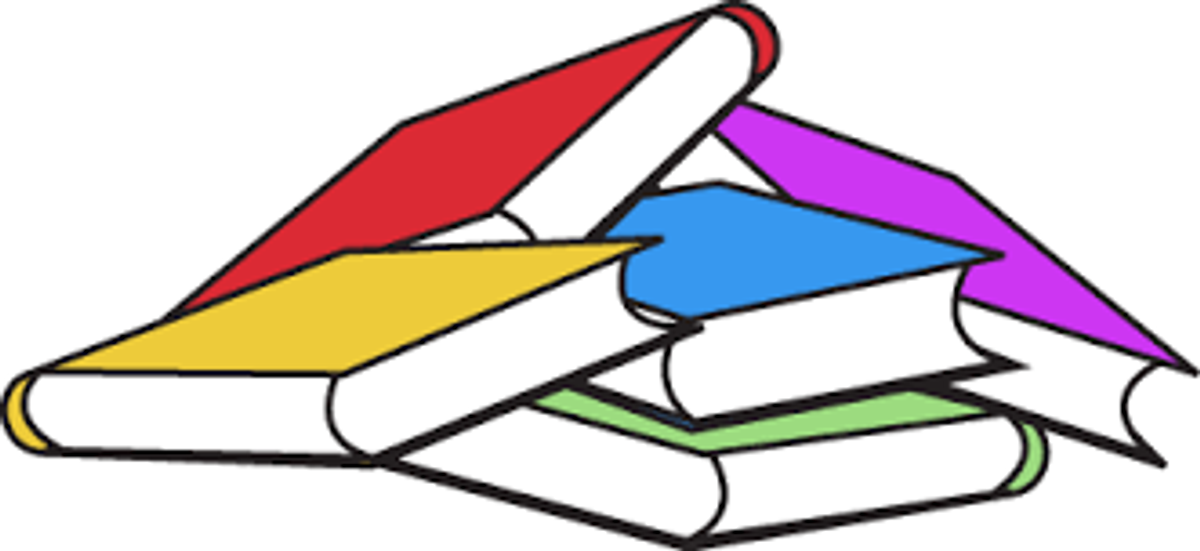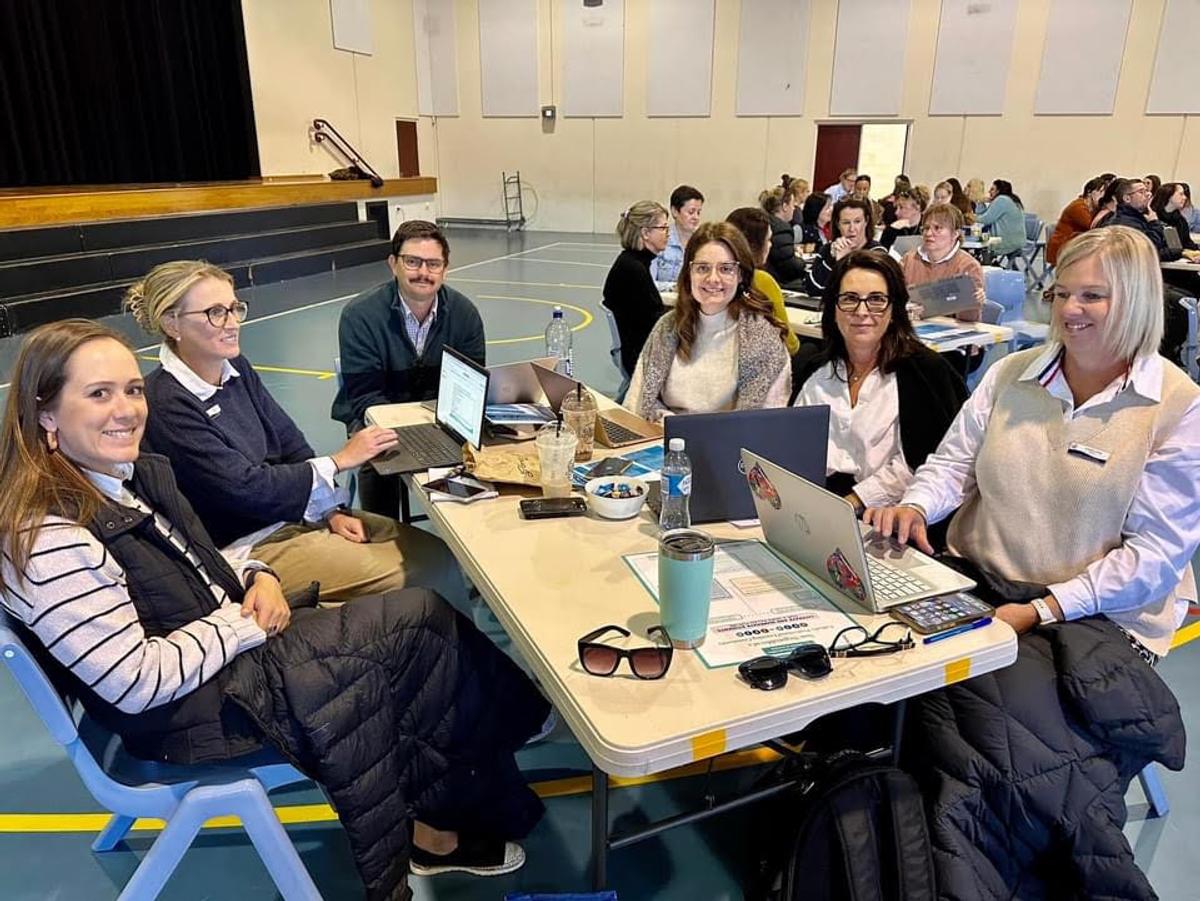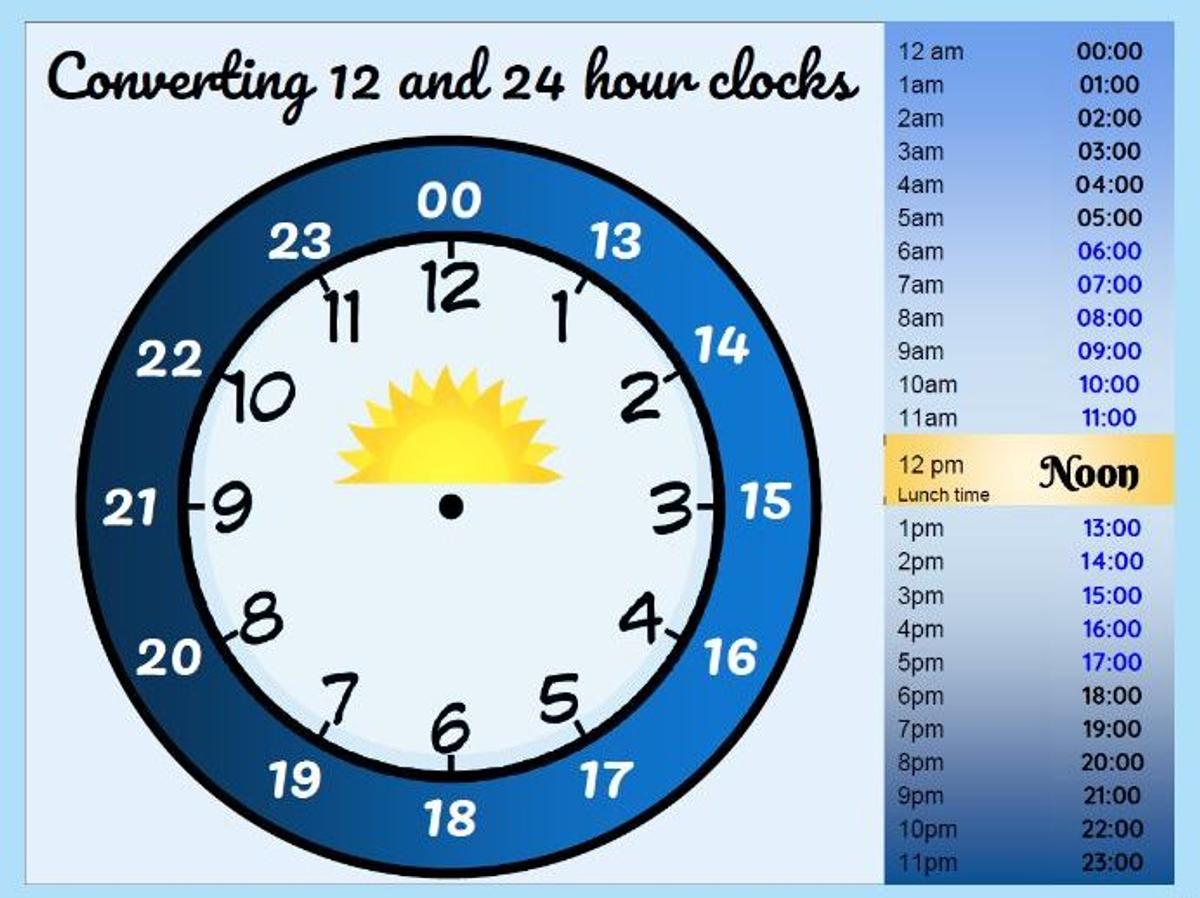The Learning Zone
"Learning is a treasure that will follow its owner everywhere." - Chinese Proverb

The Learning Zone
"Learning is a treasure that will follow its owner everywhere." - Chinese Proverb
"Coming together is the beginning, staying together is progress,
and working together is success." - Henry Ford
As part of the NSW Curriculum Reform, a new English and Mathematics Syllabus was introduced last year for Kindergarten, Year 1 and Year 2, and this year the new syllabus has been implemented in Years 3-6.
The new syllabuses emphasise key concepts, identify essential knowledge and skills and include new outcomes to clearly show what is essential. To reflect the outcomes of the new English and Mathematics syllabuses, the language of the Semester 1 reports for Years 3-6 will change, just like it did for K-2 last year. Please see the tables below which compare the outcomes and language of the old and new syllabuses. If you have a child in Year 3, 4, 5 or 6, these are the areas you will see on the Semester 1 report.
| English: Old Language | English: New Language |
|---|---|
Speaking and Listening Writing and Representing Reading and Viewing | Oral language and communication Vocabulary Reading Fluency (Stage 2) Reading comprehension Creating written texts Spelling Handwriting and digital transcription Understanding and responding to literature |
| Mathematics: Old Language | Mathematics: New Language |
|---|---|
Working Mathematically Number and Algebra Measurement and Geometry Statistics and Probability | Representing numbers using place value (Stage 2) Represents numbers (Stage 3) Additive relations Multiplicative relations Partitioned fractions (Stage 2) Representing quantity fractions (Stage 3) Geometric Measure 2D spatial structure 3D spatial structure Non-spatial measure Data Chance |


To mark the beginning of Catholic Schools Week, last Monday 27th May was a pupil free day. All staff from St Joseph's joined with staff from St Nicholas' and St Edward's to engage in a day of professional learning together. Armidale Catholic Schools Director, Regina Menz launched CSW as well as presented on school performance. The day included sessions on Living Well, Learning Well led by Rod Whelan and Writing Moderation led by Jacqui Wait. The day concluded with staff from across the three school collaborating in their class groups; sharing strategies and models of best practice.


What is happening in the world of mathematics at St Joseph's? Let's take a look!
Please see the information below to assist your child at home.
Maths At Home:
Kindergarten - Addition
Kindergarten now it is time for Addition. Have fun!
Encourage your child to help you when out shopping by counting and collecting objects to put into the basket, e.g. ‘Can you get 2 apples? (add more) How many do we have altogether?’
When playing with building bricks or small toys, encourage your child to count how many of each colour or size.
Play simple board games and encourage your child to count the spots shown on the dice and the number of spaces to move.
Sing number-themed counting rhymes and use your fingers or small props to help count the items, e.g. 10 Green Bottles.
Addition Activities:
How many fingers do you see?
How many more will make 10?
Then try with beads!
Click on the links below:
Stage 1 - Subtraction
For many years, the expectation was that students use the formal written algorithm rather than their own mental strategies for addition and subtraction.
Rather than teach rules and procedures, we now need to encourage students to explain their strategies using both concrete materials and diagrams to demonstrate their knowledge of addition and subtraction.
Whenever possible try and point out the concept of subtraction in everyday situations. If there are four birds in the garden, then one flies away, ask, “How many now?” and count them together.
Stage 2 - Multiplication
Times tables are a brilliant brain-training exercise for students. Good times-tables knowledge is vital for quick mental maths calculations and problem solving, e.g. if a child knows that 6 x 3 = 18 they will be able to work out that 6 x 30 = 180 or 60 x 3 = 180 almost instantly.
Problems to solve:
In a classroom, there are 5 tables that seat 5 people each. What is the total number of students who can be seated in the classroom.
I have to attach legs to 30 stools. Each stool has three legs. How many legs will I attach?
Present your answers to Miss Sampson for a prize. (First three only!)
Stage 3 - Time
Stage 3 are working on Time.


Create Real-life Scenarios: Help your child understand the practical application of both 12- and 24-hour time systems by creating real-life scenarios. For example, discuss with them why 24-hour time is used in contexts like train schedules or international communication to avoid confusion between AM and PM. Additionally, when planning activities or events, involve your child in using both 12-hour and 24-hour time formats to schedule and organize their day.


Practice Conversion Skills: Encourage your child to practice converting between 12-hour and 24-hour time formats regularly. Provide them with opportunities to work with different times and contexts. You can create activities where they convert between the two formats, using both digital and analog clocks. Practice converting random times from 12-hour to 24-hour and vice versa, reinforcing the use of AM and PM notation where applicable.
Have a wonderful week of learning!